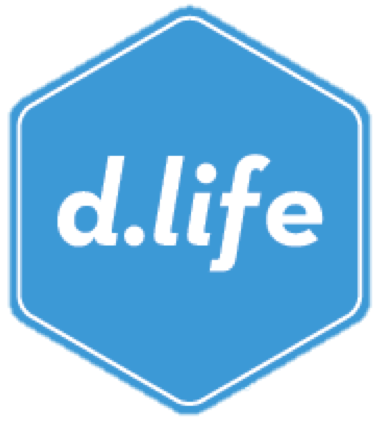JHU Annual Self-Review and Goal Setting Studio
Rebecca Aman, Associate Director of Global Careers at The Johns Hopkins University - Paul H. Nitze School of Advanced International Studies (SAIS) set out to use design thinking to reframe and build upon the traditional “annual performance review process. Here is what she shared:
If you’re anything like me you have a love/hate relationship with your annual performance review process.
While it’s a nice opportunity to take a step back, assess the year, and set goals for the year ahead, it’s also stressful for, frankly, all the same reasons. Love it or hate it, for many it's an important step in reflecting, keeping yourself accountable, and considering future possibilities.
When done correctly, I always appreciated my annual reviews because they:
Provided me an opportunity to check in with my manager and leadership
Let me review the data I’ve been carefully collecting over the year
Helped me focus on the strategic vs. tactical
Ensured I stayed accountable to the goals I set for myself
While many in the professional world have access to these regular check-ins, most students pursuing their undergraduate or graduate degrees do not.
I wanted to give our students at Johns Hopkins-SAIS the ability to also think in this way, and crafted a 3-hour in-depth session, called the Annual Self Review and Goal Setting Studio, focusing on applying the design thinking steps to this critical process.
JHU Annual Self Review and Goal Setting Process
Check in with my manager and leadership
In a professional setting it’s always a good idea to have regular check-in with leadership. When it comes to planning your life, however, you are the manager. But unfortunately, we often don’t have moments to pause and check in with ourselves (or empathize with ourselves- the first step of the design thinking process).
For this reason, we spent a lot of the Annual Self-Review session working on activities by ourselves, including asking students to use some design tools to assess their current situation. For example, we asked students to mind-map highlights of the year, and to “mine the mountaintop” to determine what they enjoyed.
Review the data There has been a push in recent years to quantify everything, and collect data to measure your outcomes. While this might be harder to do when assessing your personal life, it’s not impossible. Empathizing also means to understand, and one way to gain a deeper understanding of who you are is to review your data. In the Annual Self-Review we asked students to hold their own personal retrospectives (a process used in many businesses), where students had the chance to analyze their “data” for the year including their phone photos, calendars, journals, and course assignments. After reviewing their data, students were asked to reflect on what went well (and not so well) this year, what they learned, how they grew, and what they were excited about in the here and now.
Think Strategically vs. Tactically
It’s easy to get lost in the day to day, and in routines, but sometimes it's nice to span out and think of the big picture. A critical step in the design thinking process is to define and ideate next steps. Students were invited to think critically about highlights, and low points of the year and to define areas of areas of growth and what they wanted to try next. They then came up with a broad list (ideated) about next steps both individually and in a collaborative way.
Keep me accountable
A professional annual performance review process, when done well, yields action. My own annual review helped me to keep accountable to the SMART goals I set for myself the previous year. Similarly, the design thinking process calls on designers to prototype and test their ideas. It’s easy to have lofty plans, but unless we put those plans into action we’ll accomplish very little. We ended the Annual Self- Review session by asking students to design small prototypes to move forward with their goals. When considering these next steps and future plans, we asked our students to reflect on how they wanted to keep themselves accountable. Since peer accountability is effective for many, we invited students who were interested in creating accountability groups to stay on to be randomly grouped with others. Several accountability groups formed in this way.
When thinking about your own programming, consider ways to allow students to regularly check in with their interests, pursuits and goals. I run regular sessions in this series at the start of every semester. Our January session was very popular, likely because of the promise that a new year brings. Find thoughtful ways to pull students out of their classwork, lectures and extracurriculars to think about the big picture-- and design their life.
To learn more, please contact Rebecca Aman at Johns Hopkins University: raman2@jhu.edu




